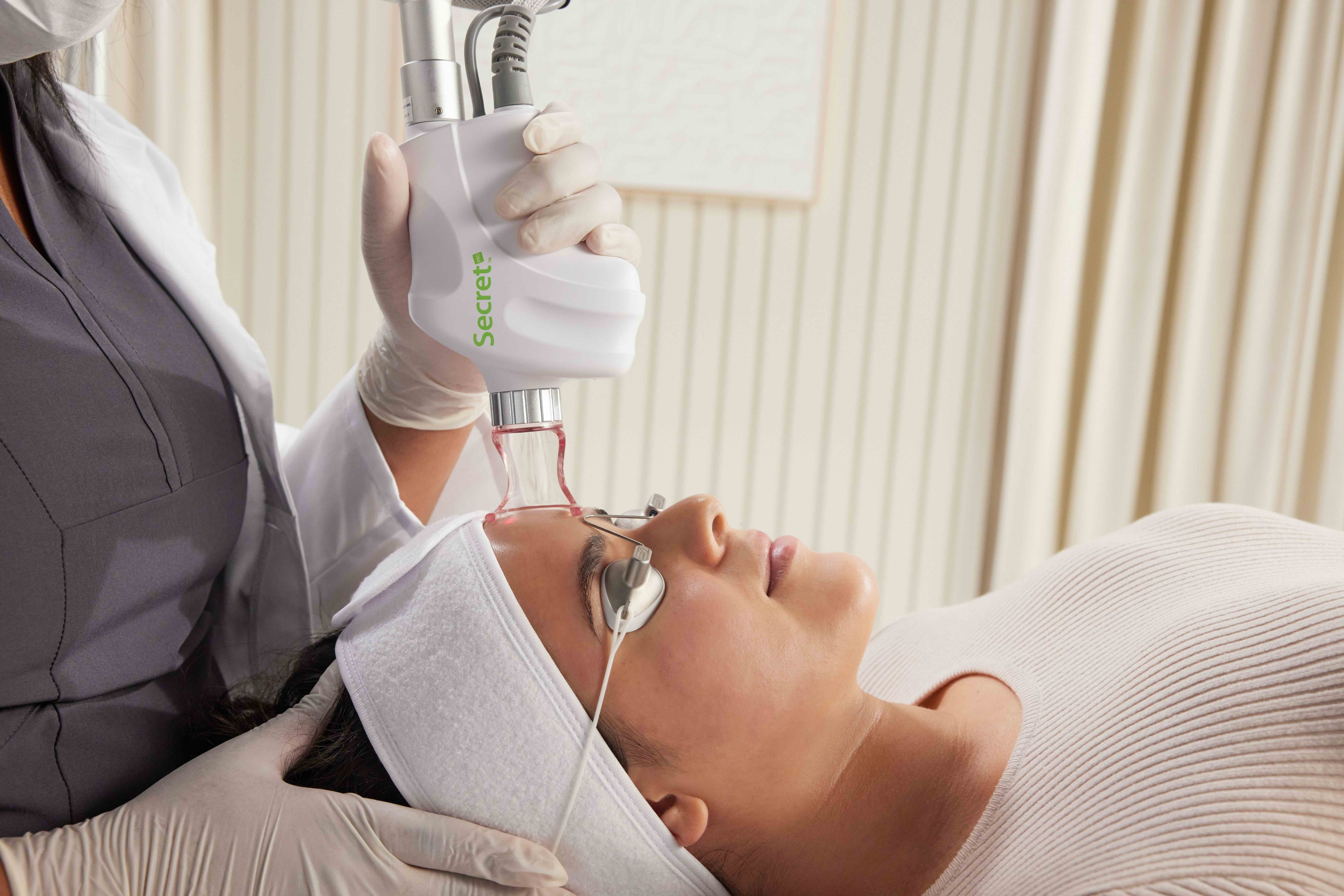The 2025 Autumn Budget has revealed new tax, National Insurance and wage measures that could impact aesthetic professionals and clinic owners.
Today, November 26, Chancellor Rachel Reeves delivered the Autumn Budget in the House of Commons.
The budget outlines the UK Government’s plan for the next year, summarising the tax, spending and economic measures. For aesthetic professionals the budget directly sets out changes that can affect pricing, profit margins, staffing costs, client spending habits and overall business planning for the year ahead.
Frozen income tax and National Insurance thresholds
The Autumn Budget 2025 confirmed that income tax and National Insurance thresholds will remain frozen until the end of the 2030/31 financial year (three years longer than initially planned).
For aesthetic professionals this essentially means that as wages rise with inflation, more employees will fall into the higher tax brackets and their take home pay will be lower.
For business owners this could mean reviewing payroll costs, which can be challenging for clinics with tight operating margins.
Minimum wage increases and labour costs
From April 2026, the National Minimum Wage for employees over 21 will rise from £12.21 to £12.71 per hour. The Budget also confirmed increases for younger age groups:
18-20-year-olds: £10.85 per hour (up from £10)
16-17-year-olds and apprentices: £8 per hour (up from £7.55)
To manage the wage increases businesses might need to consider reviewing treatment offerings, price adjustments, and staff schedules,
The apprentice minimum wage , which applies to apprentices under 19 or those in their first year of their apprenticeship, will rise to £8 an hour, from £7.55.
For many young people aesthetics is a popular career, and the wage increases only make it more desirable. The higher rate may require clinics to review training budgets and recruitment plans for 2026 and beyond.
Pension contributions and dividend tax
The Budget introduces a tax on salary-sacrificed pension contributions above £2,000 from April 2029. Many businesses use salary-sacrifice schemes as a way to incentivise staff while saving on National Insurance contributions. The new tax reduces the financial benefit of these arrangements for employees and may alter how employers structure compensation packages.
In addition, the dividend tax will rise by 2%, which can affect owner-operators who draw profits from their businesses in this way. Combined with the frozen income and National Insurance thresholds, these measures increase the financial pressure on small business owners in the sector.
Inflation and operating costs
The Office for Budget Responsibility forecasts UK inflation at 3.5% for 2025, slightly higher than earlier predictions. For beauty businesses, rising inflation alongside wage increases and tax adjustments may lead to higher operating costs, from utilities and rent to products and professional insurance.
Businesses may face difficult decisions balancing affordability for clients with sustainable wages and staff retention. Monitoring overheads and adjusting pricing models could become a priority for clinics in the next financial year.
Industry reacts
Lesley Blair, chief executive of Babtac, said, “For small businesses continuing to navigate the current financial climate, the decision to freeze income-tax thresholds until the end of 2030/31 offers some certainty for planning and forecasting. However, the freeze on National Insurance thresholds will effectively increase employer contributions as wages rise with inflation, adding further pressure on already tight margins.
“Several other measures announced in the Budget are likely to place additional strain on both employers and employees. The move to tax salary-sacrificed pension contributions removes a valuable incentive for staff savings and adds another cost consideration for employers. With the OBR forecasting inflation to rise higher than expected, beauty businesses may feel the squeeze on operating costs, while customers themselves face shrinking disposable income.
“The scheduled increase in minimum wage to £12.71 for over-21s from April 2026, although positive for workers, will significantly raise wage bills in a labour-intensive sector. Coupled with a 2% rise in tax on dividends, a change that will particularly affect owner-operators who pay themselves this way, the cumulative impact could challenge the commercial viability of many small salons, potentially leading to price increases or reduced staffing.”
You might also like to read... Landmark VAT ruling could reshape how aesthetic treatments are classified




